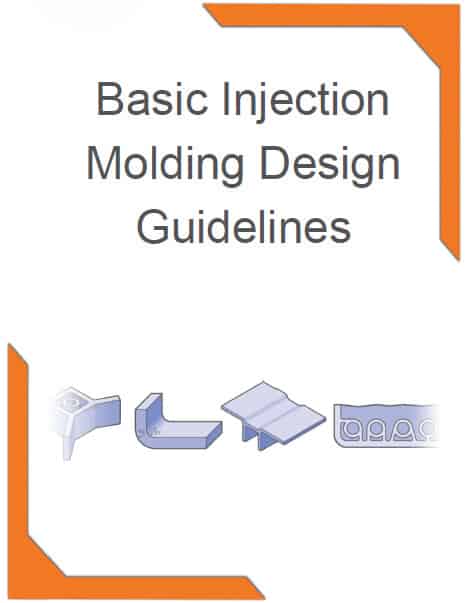Design Guidelines For Injection Molded Plastic Parts
Design guidelines for injection molded plastic parts
For design engineers who are not familiar with plastic injection molding design, there may be a knowledge gap in ensuring that CAD models are designed correctly for the manufacturing process. Some very specific design features must be considered in the design phase to avoid the problem of moldability, which can produce undesirable results in molded parts. If they are not considered at the beginning of the design process and are not discovered until after the design for manufacturability (DFM) review, design changes may increase the time and cost of injection molding projects.
The draft angle is an example. If the part is not designed with the demoulding angle at the required place, it may not be able to eject cleanly and smoothly from the mold, and the part with appropriate demoulding angle must be redesigned.
To avoid expensive and time-consuming design errors, we have created a design guide for plastic injection molding. It provides information about the most important design requirements so that perfection can be achieved in the initial design phase. The following example prompts illustrate the type of information provided in the complete guide to download the complete design guide.



Bosses find use in many part designs as points for attachment and assembly. The most common variety consists of cylindrical projections with holes designed to receive screws, threaded inserts, or other types of fastening hardware. Generally, the outside diameter of bosses should remain within 2.0 to 2.4 times the outside diameter of the screw or insert
It is suggested avoiding bosses that merge into sidewalls because they can form thick sections that lead to sink. Proper bosses should be positioned away from the sidewall, and if needed, use connecting ribs for support. Try using open boss designs for bosses near a standing wall.


Normally, the boss hole should extend to the base-wall level, even if the full depth is not needed for assembly. Shallower holes can leave thick sections, resulting in sink. Deeper holes reduce the base wall thickness, leading to filling problems, knit lines, or surface blemishes. Because of the required draft, tall bosses (those greater than five times their outside diameter) can create a filling problem at their top or a thick section at their base.



